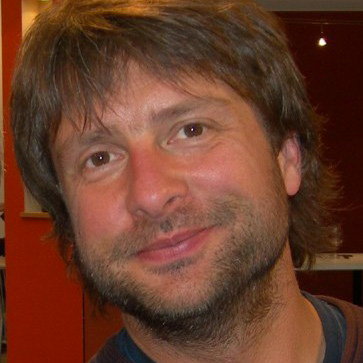It was exactly 20 years that I first sat the MW exam – I can still remember it like it was yesterday. The sweet smell of Spring in the London air (an aroma, I worried, would put me off my stride in the blind tasting), the mix of excitement and fear, and the thought that kept racing around my head ‘you’re finally here, you can do this!’.
As it happened I did ‘do it’ – not in one go, the tasting wasn’t mine that year but I sailed through the theory and therefore just had the tasting left in 1995. Curiously, I can remember almost all the wines but very little of the theory. The one question that sticks in my mind, however, was the Paper Four question (also known as the long essay). It was: the language of wine: words or numbers.
As a philosophy major I relished the thought of spending three hours thrashing out my ideas regarding such a fundamental question about what was (and would remain) my chosen career. I never saw my grade but clearly my answer was sufficiently vague to do the trick. Words, indeed.
Twenty years later and this debate remains as relevant as ever. The numbers (pH, residual sugar, dry extract, EU regulations, bar codes, Parker points, vintage and price) are of essential utility to many. From winemakers to consumers to buyers to accountants it’s how we live our lives. The numbers don’t lie.
Or do they? Lying may be too strong an accusation – perhaps numbers just don’t tell the whole story. Things like how well it goes with food, or how much you like it, or what it smells like, or what the vigneron sacrificed in order to make it. Numbers, it seems to me, don’t really capture wine’s soul.
It seems fanciful to discuss a wine’s soul given it is neither sentient nor sapient but there is something of the winemaker in every great bottle. In Chopin, Dégas or Hemingway there is something transcendent that takes one away from the paint, the canvas, the keyboard or the page and shows the world as just slightly more beautiful than it was before. Great wine does this just as surely as music, painting, and literature.
The winemaker’s artistic medium, however, is fundamentally agricultural. Winemaking is hard work; in the vineyards and in the winery every vigneron plays a game of cat and mouse with Mother Nature. She is the boss and great wines always reflect this natural hierarchy. The winemaker simply coaxes them into life disturbing as little as possible of the character with which Mother Nature imbued them.
Good wines, on the other hand, are made according to the numbers. A little RCGM here, some exogenous tannins there, a helping hand with the fermentation and another with malo. In good wines the numbers are always just where they should be. No outliers, no hairs out of place, just the clinical perfection that a chemistry set ensures. Mother Nature – once again – lies subjugated and homogenised.
With good wines we always remember the numbers: how many points, how much it cost. With great wines we remember how it made us feel. The people, the place, the occasion, the sensation as it tumbled joyously over our palate are all things that numbers struggle to capture. So when next month’s issue of Wine Spectator falls on your mat ask yourself if ‘96’ is really what you want.
Michael Palij MW
Winetraders (UK) Ltd
www.winetraders.eu





